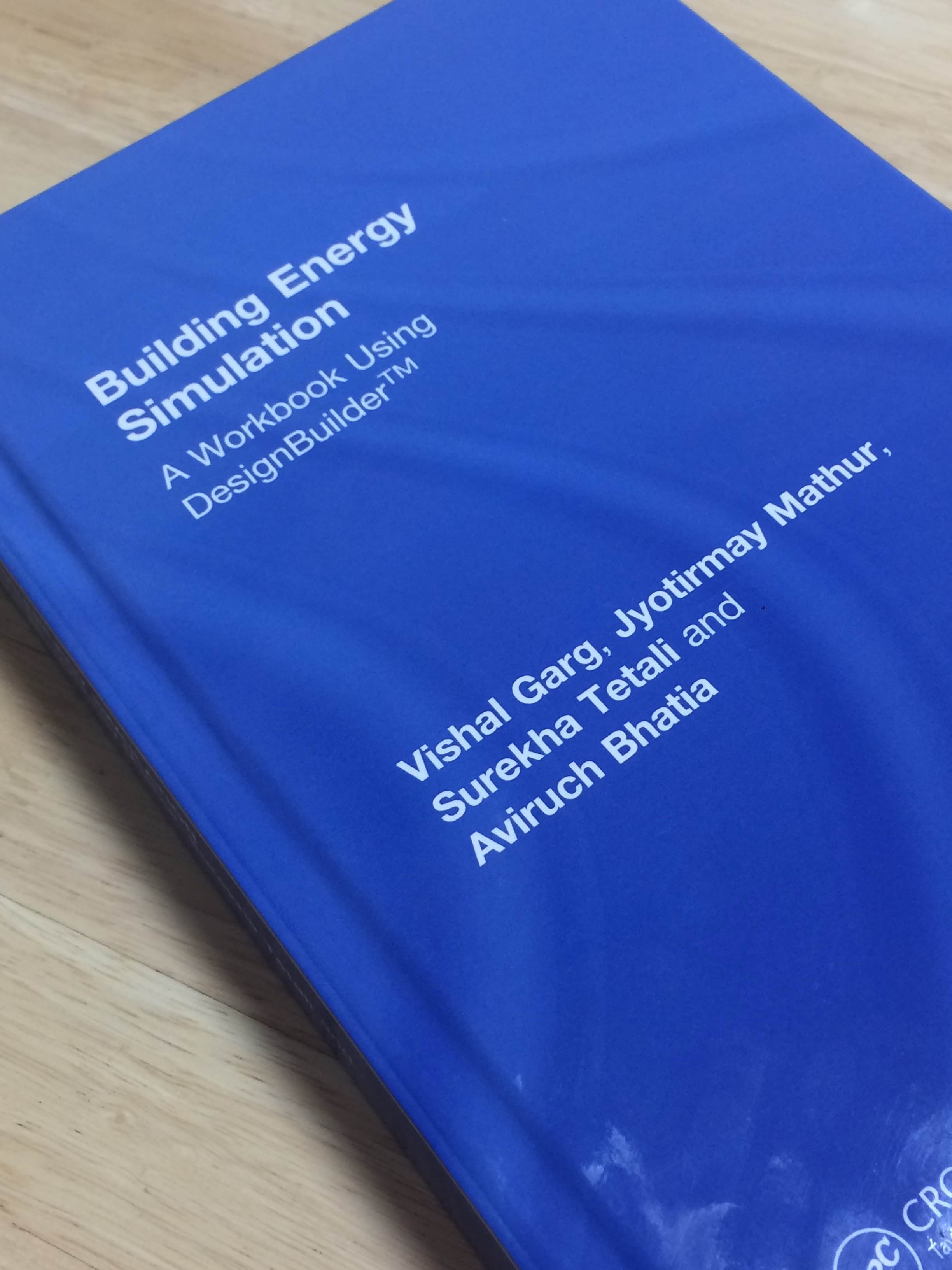Buildings are responsible for a large form of energy consumption and carbon emission across the globe, and efforts to reduce the emission of carbon dioxide has been on for more than a decade.
As a part of this process, scientists have been working on various building energy simulation models, some of which include studies like behavioural models for predicting personal action taken to adjust lighting levels, and save energy in response to physical conditions, dynamic thermal simulation programs (DSPs) of buildings, etc.
Building simulation is basically the process of using an application to build a virtual replica of a building; building the component parts and then performing a simulation by taking that building through the weather conditions of an entire year. Building simulation is commonly divided into two categories: load design, and energy analysis. The common phrase for building simulation when energy is involved is energy modeling. The simulations help scientists to quantitatively predict the future and thus be used to build efficient buildings.
Since these simulations enable real-life performances of the energy efficiency and operational life cycle of buildings, the design and programs of these simulations are highly critical. Effective simulations help build buildings that reduce barriers to energy efficiency by enabling the use of practitioner-oriented, integrated design,management of the peak load of buildings, while focusing on controls and automated diagnostics.
Although the simulation process is so important, and various softwares are available in the public domain, none of them can be adequately used without a mentor, or hands-on experience. Students or researchers wanting to work systematically using exercises and examples using a book today to have a good grasp of the fundamentals of building energy simulation fail because of the lack of such workbooks in the market. A book that helps students learn in an interactive way using examples and exercises on energy simulations is the need of the hour.
Building Energy Simulation: A Workbook Using DesignBuilder, by Dr. Vishal Garg, Dr.-Ing. Jyotirmay Mathu, and Surekha Tetali, published in 2017, is the first workbook of this kind globally that teaches the skill of building energy simulation through the use of examples, and will prove to be of immense value to students of the subject.
Dr. Vishal Garg is associate professor and head of the Center for IT in Building Science, International Institute of Information Technology (IIIT), Hyderabad, India. His current research interests are in the areas of energy simulation and cool roofs. He teaches building automation and controls, energy simulation and lighting design and technology. He has conducted several national and international workshops on intelligent buildings, green buildings and energy simulation.
The book describes various components and systems of a building and their effect on energy consumption, with the help of an energy simulation tool. It explains simulation input parameters, along with how to do analysis of the simulation output. With minimal use of mathematical equations, the basics of building physics and energy simulation are explained using words, illustrative examples, charts, tables, and figures.
A few highlights of this book includes the fact that it is a ready-reckoner for the reader to a step-by-step simulation process for energy optimization of commercial as well as residential buildings using computer software programs Energy Plus and Design Builder (a software in public domain but difficult to use without mentor). The book emphasizes the study of building geometry, materials used for construction, window technology and various other components as well as physical systems of a building and their effect on energy consumption, with the help of detailed energy simulation. Numerous examples and exercises have been included to provide hands-on experience with the simulation tools and help in understanding the performance of various building systems.
According to Mahabir Bhandari, Oak Ridge National Laboratory, USA, “this book would be helpful in understanding the building energy modeling through a step by step understanding of various building components that affect the overall building energy consumption. Use of Graphic User Interfaces would help in widespread use of EnergyPlus, a flagship simulation engine funded by US Department of Energy.”
PC Thomas, Team Catalyst Pty Ltd, Sydney, Australia also explained that “a student who chooses to work systematically through the exercises documented in the book will have a good grasp of the fundamentals of building energy simulation. The approach used in the book to teach the skill of building energy simulation through the use of examples will be of immense value to students of the subject.”


Next post